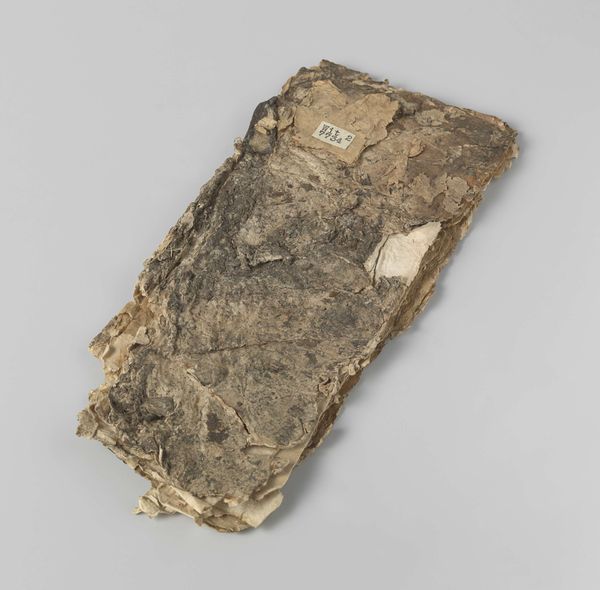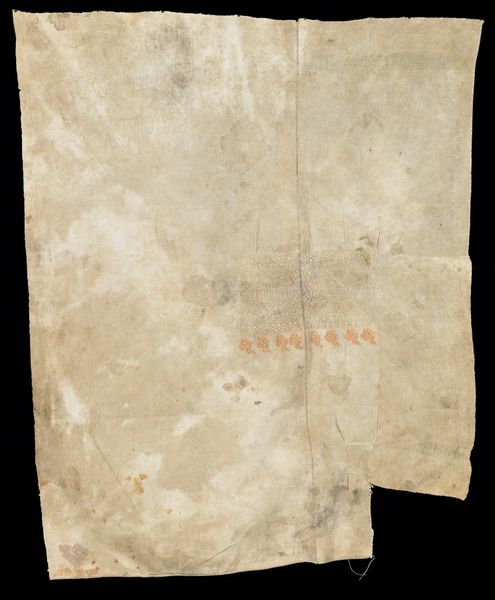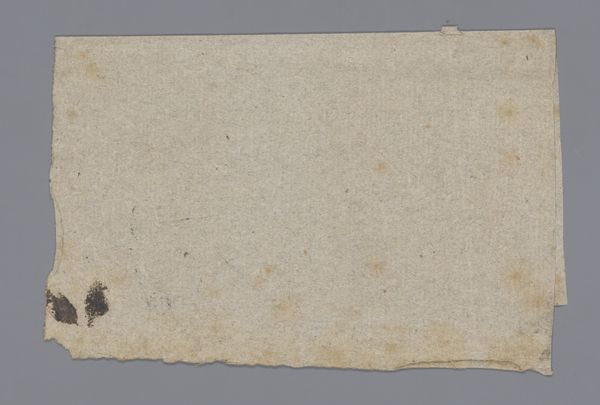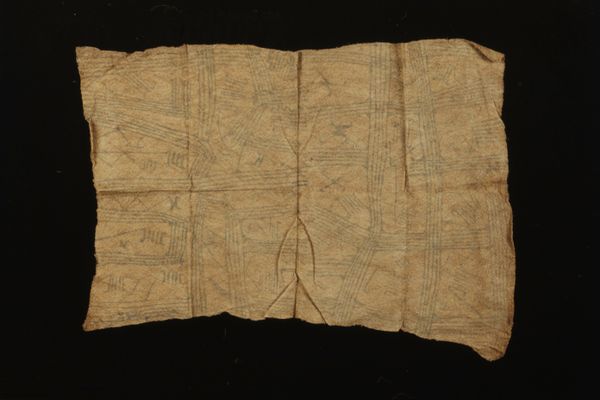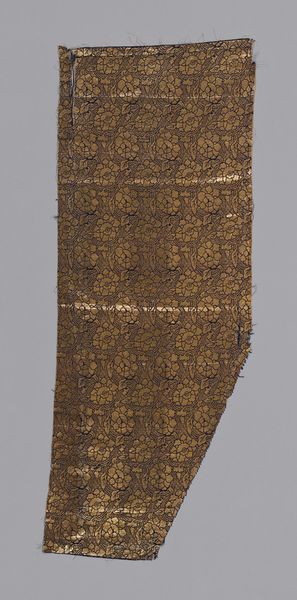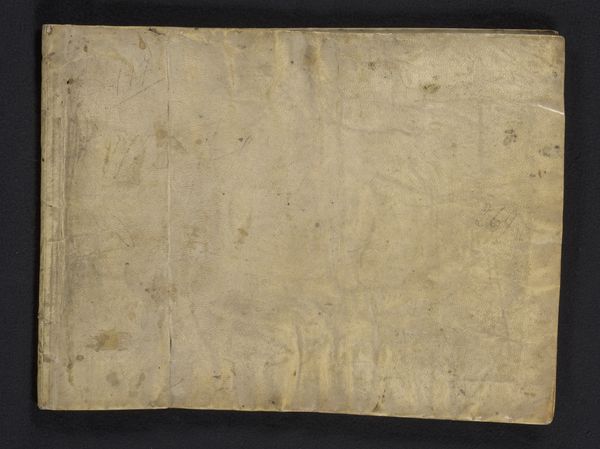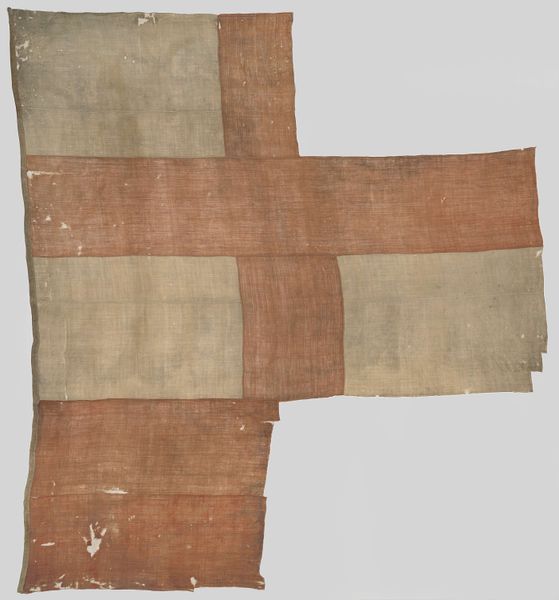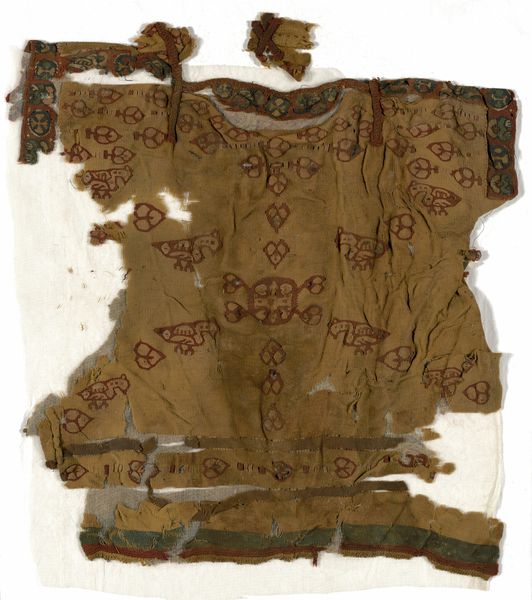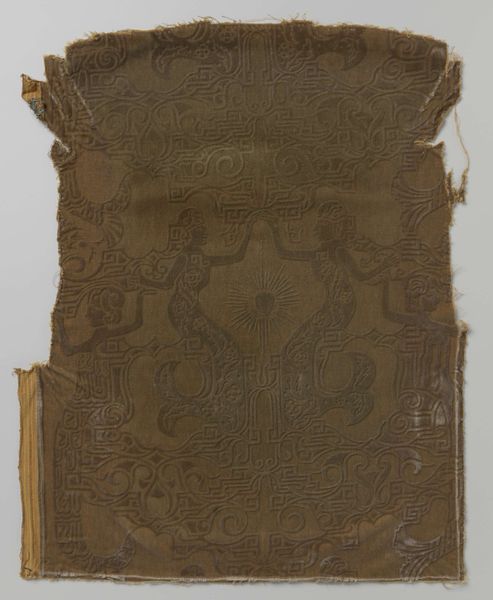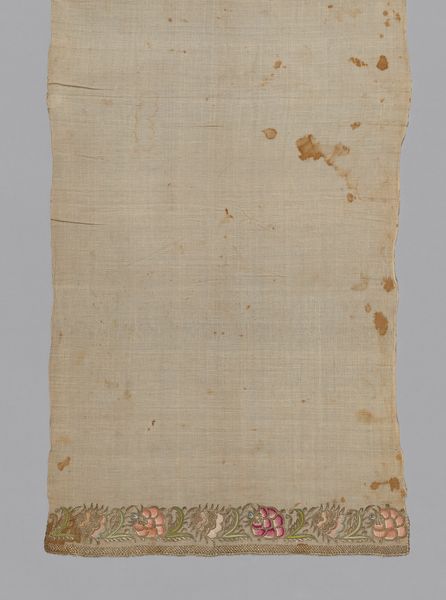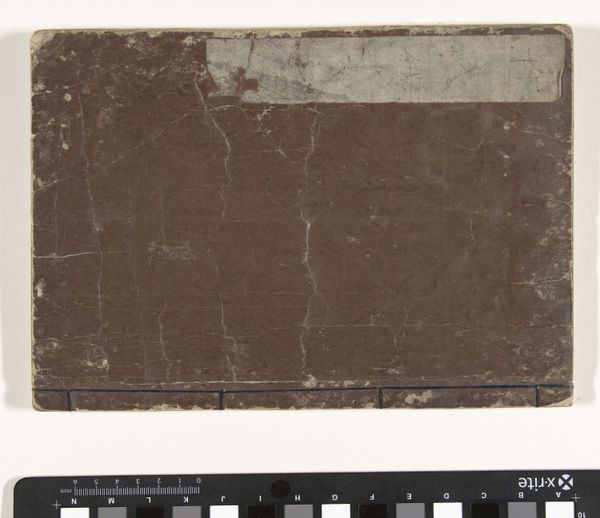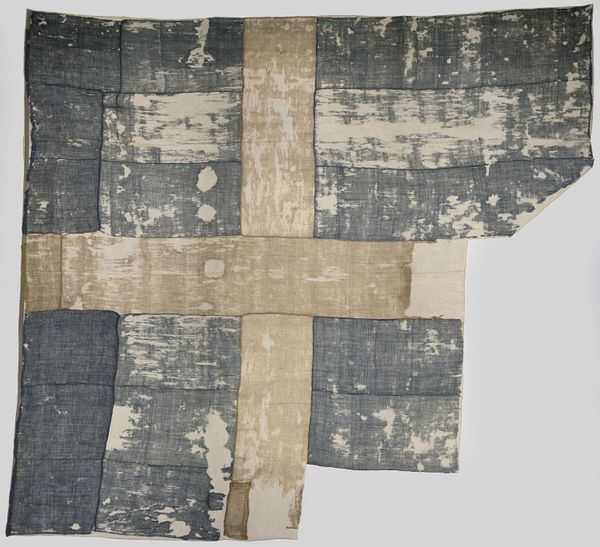
paper, ink
#
medieval
#
paper
#
ink
Dimensions: height 14.5 cm, width 8.3 cm
Copyright: Rijks Museum: Open Domain
Editor: This is a page from a Latin Book of Hours, made with ink on parchment around 1590. It looks quite worn, doesn't it? Almost distressed. It makes me wonder about its journey through time. How would you interpret a piece like this? Curator: The aging of the parchment is telling. Each crease and tear whispers of history, of being held and read, probably by candlelight. These books, meant for private devotion, offered a structure to daily life. We need to consider who was afforded access to literacy and religious texts during this period. Think about gender, class, and power structures; whose voices were amplified, and whose were silenced. Editor: That's a powerful point. It was probably a symbol of status, too. Curator: Absolutely. And we should think about what devotion actually meant in the daily lives of people in the late 16th century. Was this a genuine tool for contemplation or a performance of piety within the restrictive social confines of the time? Editor: So, more than just a religious artifact, it reflects social dynamics? Curator: Exactly. The craftsmanship points to skilled artisans, but the book's existence underscores societal hierarchies and perhaps the anxieties surrounding religious identity. It invites questions about privilege, access, and the performative aspects of faith during this period. Editor: That gives me a lot to think about, it really changes how I view it. I guess this book is not just about religion, but about the lives and constraints of the people who engaged with it. Curator: Precisely. Looking at the piece through a modern lens, it urges us to confront uncomfortable questions about historical power imbalances, who gets to record history, and whose stories are prioritized.
Comments
No comments
Be the first to comment and join the conversation on the ultimate creative platform.

